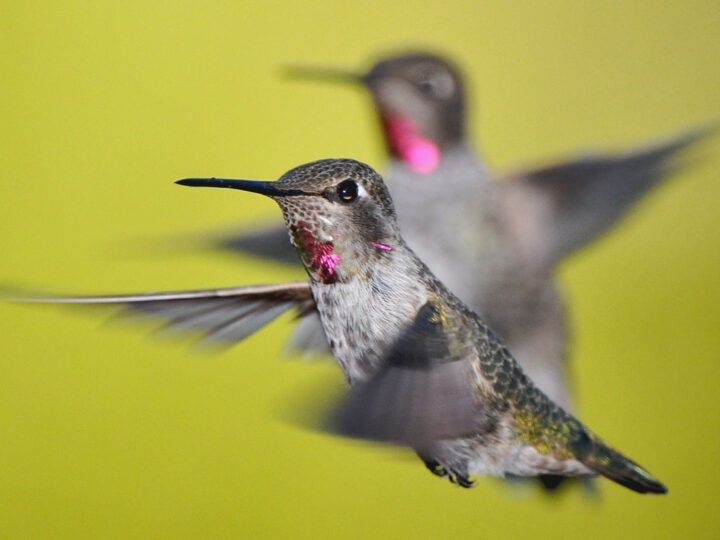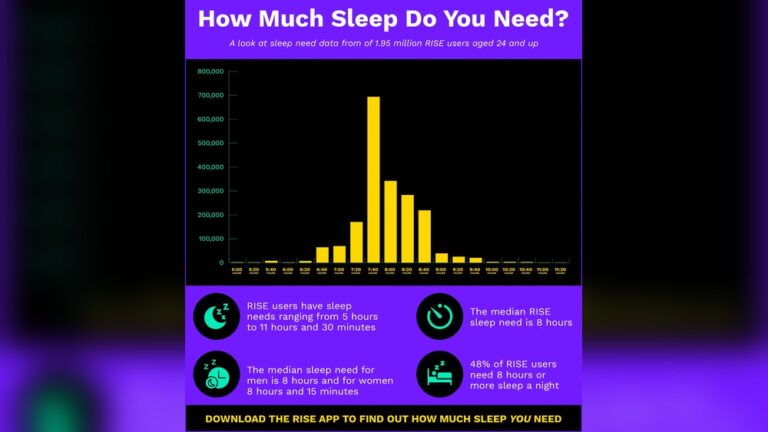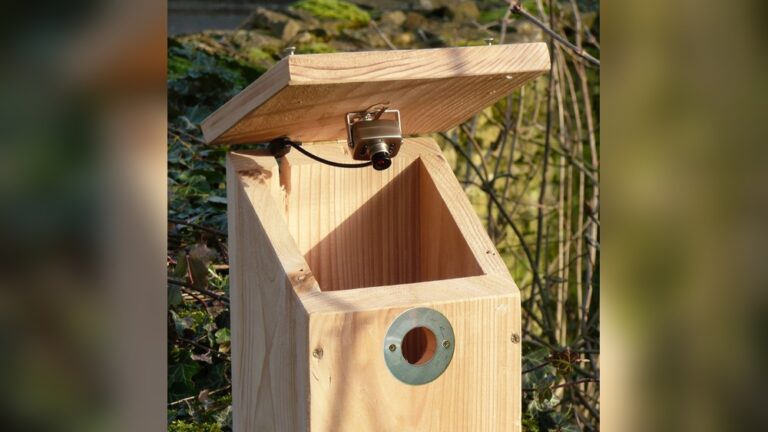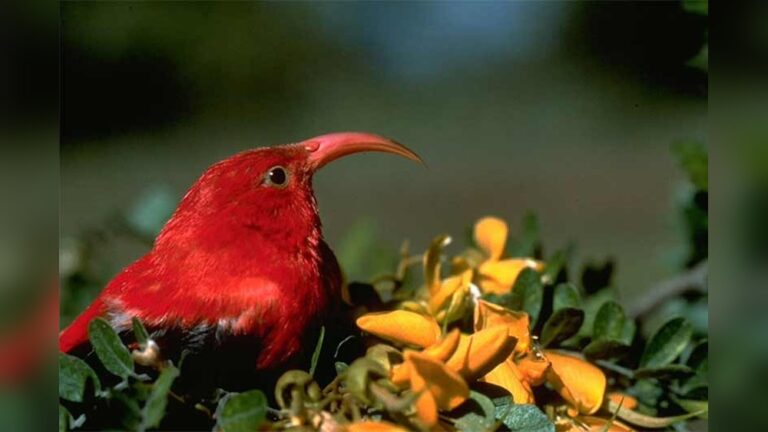When Should You Stop Putting Out Hummingbird Nectar
Are you wondering when the right time is to stop putting out hummingbird nectar? If you’ve been feeding these tiny, colorful visitors all season, you might be unsure about when to pack up your feeders.
Knowing the perfect moment to stop can keep your hummingbirds safe and healthy. Keep reading to discover the simple signs and smart tips that will help you care for your hummingbirds the best way possible. Don’t miss out on this essential advice that every hummingbird lover needs to know!

Credit: www.audubon.org
Hummingbird Feeding Basics
Hummingbirds are tiny birds with big energy needs. They visit feeders often to sip sweet nectar. Knowing the basics of feeding helps keep these birds healthy and happy. It also tells you when to stop offering nectar each season.
Feeding hummingbirds right means understanding their diet and habits. Nectar is their main energy source, but it must be made properly. Also, feeding times and frequency matter to match their natural patterns.
Nectar Composition
Hummingbird nectar is simple. Use four parts water to one part white sugar. Avoid honey, artificial sweeteners, or red dye. These can harm the birds. Boil water first to remove impurities. Let it cool before adding sugar. This mix mimics natural flower nectar well.
Keep the nectar fresh. Change it every two to three days. In hot weather, change daily to prevent mold. Clean feeders often to stop bacteria growth. Fresh nectar helps hummingbirds stay strong and healthy.
Feeding Frequency
Hummingbirds eat many times daily. They visit feeders from dawn to dusk. Offer nectar early morning to late evening. Refill feeders when nectar runs low. This keeps birds coming back regularly.
Feeding should match hummingbird activity. In spring and summer, they need more energy. Fall and winter feeding depends on your location. Stop feeding when hummingbirds leave or natural flowers bloom. This helps birds find food in the wild.
Seasonal Changes And Hummingbird Behavior
Seasonal changes affect hummingbird behavior greatly. These tiny birds adapt quickly to the shifting environment. Understanding their habits helps know when to stop feeding them nectar. Observing nature’s signals is key to supporting hummingbirds properly.
As seasons change, hummingbirds prepare for big journeys. Their feeding patterns shift with the weather and daylight. Recognizing these changes helps keep feeders in sync with their needs.
Migration Patterns
Hummingbirds travel long distances during migration. They leave colder areas as temperatures drop. Feeding stops once most birds have migrated south. Watch for fewer visits at your feeder.
Migration usually starts in late summer or early fall. Some species leave earlier, some later. The end of migration means fewer hummingbirds around your home.
Local Climate Impact
Climate affects how long hummingbirds stay. In warmer areas, birds linger longer. In cold places, they leave sooner to avoid frost. Local weather changes guide their feeding habits.
Rain and wind also influence hummingbird visits. Bad weather means less flying and feeding. Keep feeders clean and fresh, but remove them when visits stop.
Signs To Stop Feeding
Knowing when to stop putting out hummingbird nectar is important for the birds and your garden. There are clear signs that show hummingbirds are getting enough natural food. Recognizing these signs helps you decide the right time to stop feeding them. This keeps the hummingbirds healthy and encourages them to find food on their own.
Decreased Visits
One clear sign is fewer hummingbirds at your feeder. They visit less often or stop coming altogether. This means they found other food sources nearby. Don’t worry if visits drop. It shows the birds are ready to rely on nature. Keep the feeder clean and ready just in case.
Natural Food Availability
Hummingbirds prefer fresh flowers and insects over nectar feeders. When flowers bloom and insects are plenty, the birds shift to natural food. You might see more hummingbirds in your garden’s flower beds. This is a strong sign you can stop refilling the feeder. Nature provides what they need during these times.

Credit: www.allaboutbirds.org
Risks Of Late Feeding
Feeding hummingbirds late in the season can cause problems. It might seem kind, but it can harm the birds in some ways. Understanding these risks helps you decide the best time to stop.
Dependency Issues
Hummingbirds can rely too much on feeders. They may stop searching for natural food. This makes them weak when feeders are empty. Birds need to keep their skills sharp. Late feeding can slow this learning.
Cold Weather Challenges
Cold weather brings dangers for hummingbirds. They need more energy to stay warm. Feeders can freeze, leaving no food. Birds may struggle if they expect feeders but find none. Stopping feeding before cold times helps birds adapt.
Safe Nectar Removal Tips
Stopping hummingbird nectar feeding needs care to keep birds safe. Sudden removal can confuse or harm hummingbirds. Follow simple steps to remove nectar safely. This helps birds find natural food sources smoothly. Protect their health while enjoying their visits.
Gradual Reduction
Reduce nectar slowly over several days. Fill feeders with less nectar each day. This change helps hummingbirds adjust to less sugar. Birds will start looking for flowers again. Avoid emptying feeders all at once. Gradual change keeps birds healthy and calm.
Cleaning Feeders
Clean feeders well before putting them away. Use hot water and a mild soap. Rinse completely to remove all soap. Dry feeders fully to stop mold growth. Clean feeders prevent sickness in birds. Store feeders in a dry, safe place until next use.
Extending Feeding Season
Extending the hummingbird feeding season helps these tiny birds stay healthy. It supports them during times when natural nectar is low. You can provide nectar longer by understanding their needs and habitat.
Supplemental Feeding Benefits
Supplemental feeding gives hummingbirds extra energy. It helps during cold or rainy days when flowers are scarce. Feeding supports young birds learning to find food. It also aids migrating birds resting on long journeys. Nectar feeders create safe food spots free from predators.
Feeder Placement Strategies
Place feeders in shady, quiet areas to attract hummingbirds. Avoid windy or hot spots where nectar spoils fast. Keep feeders visible but near natural plants for safety. Clean feeders regularly to prevent mold and disease. Move feeders slowly if you change their location.

Credit: www.allaboutbirds.org
How Smart Pets Lover Can Help You with When Should You Stop Putting Out Hummingbird Nectar
Learning from Nature: When to Stop Putting Out Hummingbird Nectar
Understanding when to stop putting out hummingbird nectar is more than just a seasonal decision—it’s a chance to deepen your connection with these tiny, vibrant visitors. Observing seasonal changes and hummingbird behavior offers practical learning opportunities. For example, noticing fewer visits or changes in feeding patterns can teach us about migration timing and natural rhythms.
Paying attention to the signs to stop feeding not only protects hummingbirds from potential risks of late feeding but also encourages responsible stewardship of your backyard ecosystem. This mindful practice aligns with the values we cherish at Smart Pets Lover, where caring for pets and wildlife goes hand in hand with informed, compassionate actions.
Consider keeping a simple journal of hummingbird activity or experimenting with safe nectar removal techniques. These small steps enrich your understanding and foster a stronger bond with nature—because every chirp tells a story, and you’re part of it.
If you want to learn more about hummingbird care or other pet-related topics, feel free to reach out to us at [email protected]. We’re here to support your journey as a thoughtful pet parent and nature enthusiast.
Frequently Asked Questions
When Is The Best Time To Stop Feeding Hummingbirds?
Stop feeding hummingbirds in late fall when temperatures drop and birds migrate. Feeding after migration can attract pests and harm local birds.
How Does Weather Affect Hummingbird Nectar Feeding?
Cold weather signals hummingbirds to migrate. Once temperatures consistently fall below 50°F, stop offering nectar to avoid spoilage and reduce risk to birds.
Can Feeding Hummingbirds Year-round Harm Them?
Yes, feeding year-round can disrupt natural migration and cause dependency. It may also increase disease spread and attract unwanted wildlife.
What Signs Show Hummingbirds Have Left The Area?
Fewer sightings and no visits to feeders indicate migration. When hummingbirds no longer visit feeders daily, it’s time to stop refilling nectar.
Conclusion
Stopping hummingbird nectar feeding depends on local weather and bird activity. When temperatures drop and flowers bloom less, hummingbirds find natural food. Keep feeders clean and remove them once visits slow down. Leaving nectar too long can harm birds. Watch the birds closely for signs they no longer need extra feeding.
This helps keep hummingbirds healthy and ready for migration. Feeding at the right time supports their natural habits. Simple steps make a big difference for these tiny birds.






